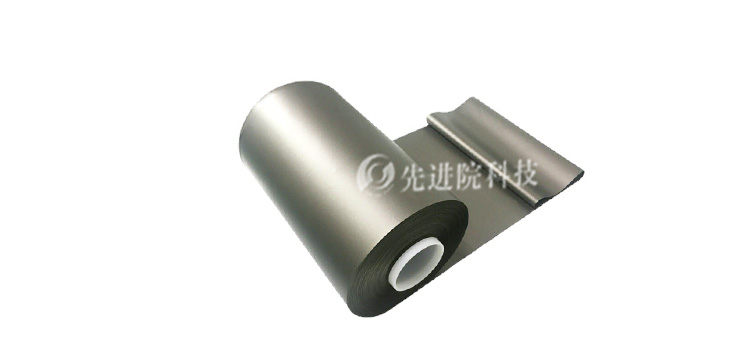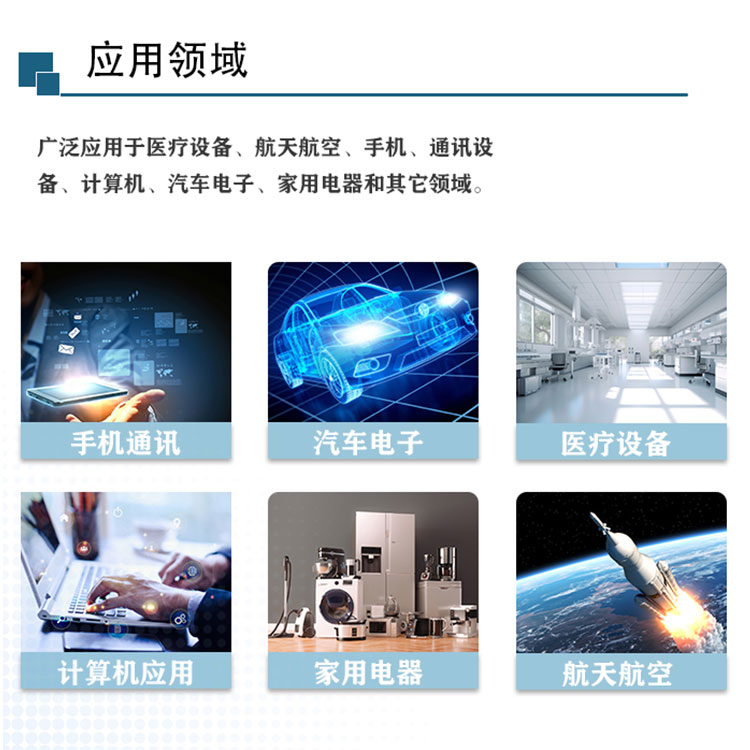High and low frequency absorbing materials are designed for electromagnetic waves in different frequency bands, and they play an important role in electromagnetic shielding, stealth technology, communication interference suppression, and other fields.
High frequency absorbing materials
High frequency absorbing materials are mainly used to absorb high-frequency electromagnetic waves, such as radar waves, microwaves, etc. These materials typically have characteristics such as broadband absorption, high absorption rate, lightweight, and thinning.
Main types:
- Ferrite material: Ferrite is a composite dielectric material that exhibits both polarization and magnetic loss effects in absorbing electromagnetic waves. It has the advantages of high absorption rate, thin coating, and wide frequency band, and is widely used in the field of high-frequency absorption.
- Nanomaterials: The unique structure of nanomaterials gives them characteristics such as tunneling effect, quantum effect, small size effect, and interface effect. When used as high-frequency absorbing materials, the coating is thin and absorbs a wide frequency bandwidth.
- Conductive polymer: Conductive polymer is a type of polymer material with conductive properties, which can be prepared with good high-frequency absorption properties through doping or composite methods.
Application areas:
- Radar stealth: Coating high-frequency absorbing materials on the surface of military equipment can effectively reduce the reflection of radar waves and improve the stealth performance of the equipment.
- Electromagnetic compatibility: Using high-frequency absorbing materials inside electronic devices can reduce electromagnetic interference between different circuit modules and improve the electromagnetic compatibility of the equipment.
- Communication interference suppression: Using high-frequency absorbing materials around communication base stations or antennas can reduce electromagnetic wave leakage and interference, and improve communication quality.

Low frequency absorbing material
Low frequency absorbing materials are mainly used to absorb electromagnetic waves in the low frequency range, such as radio waves, long waves, etc. These materials usually have good absorption effects on low-frequency electromagnetic waves.
Main types:
- Magnetic metal micro powder: such as iron powder, cobalt powder, etc., can be formed into materials with good low-frequency absorption properties through specific preparation processes. These materials mainly absorb electromagnetic waves through hysteresis loss and eddy current loss.
- Graphite material: Graphite is a non-metallic material with good electrical conductivity. Through specific structural design and preparation processes, graphite materials with low-frequency absorption properties can be prepared.
- Composite materials: Composite materials made by combining magnetic and conductive materials with other matrix materials are also an important component of low-frequency absorbing materials. This type of material can achieve effective absorption of low-frequency electromagnetic waves by adjusting the proportion and structure of each component.
Application areas:
- Electromagnetic shielding: Using low-frequency absorbing materials in situations where electromagnetic shielding is required (such as electronic computer rooms, medical equipment, etc.) can reduce the interference of electromagnetic waves on the surrounding environment.
- Communication equipment protection: Using low-frequency absorbing materials inside or around communication equipment can reduce electromagnetic wave leakage and interference, and protect the normal operation of the equipment.
- Improvement of electromagnetic environment: Using low-frequency absorbing materials in places where electromagnetic environment needs to be improved (such as residential areas, schools, etc.) can reduce the surrounding electromagnetic radiation level and protect people's health.

development trend
With the continuous advancement of technology and the increasing demand for applications, the research and application of high and low frequency absorbing materials have also shown the following trends:
- Material diversification: New high and low frequency absorbing materials continue to emerge, such as chiral materials, smart materials, etc., providing more choices for different application scenarios.
- Performance optimization: Through improvements in material design, preparation processes, and other aspects, the absorption performance, stability, weather resistance, and other properties of high and low frequency absorbing materials continue to improve.
- Environmental Protection: Environmentally friendly high and low frequency absorbing materials have become a research and development hotspot to meet increasingly strict environmental regulations.
- Multifunctionality: In the future, high and low frequency absorbing materials will pay more attention to the development of multifunctionality, and materials with multiple properties such as absorption, insulation, and corrosion resistance will be more competitive in the market.










